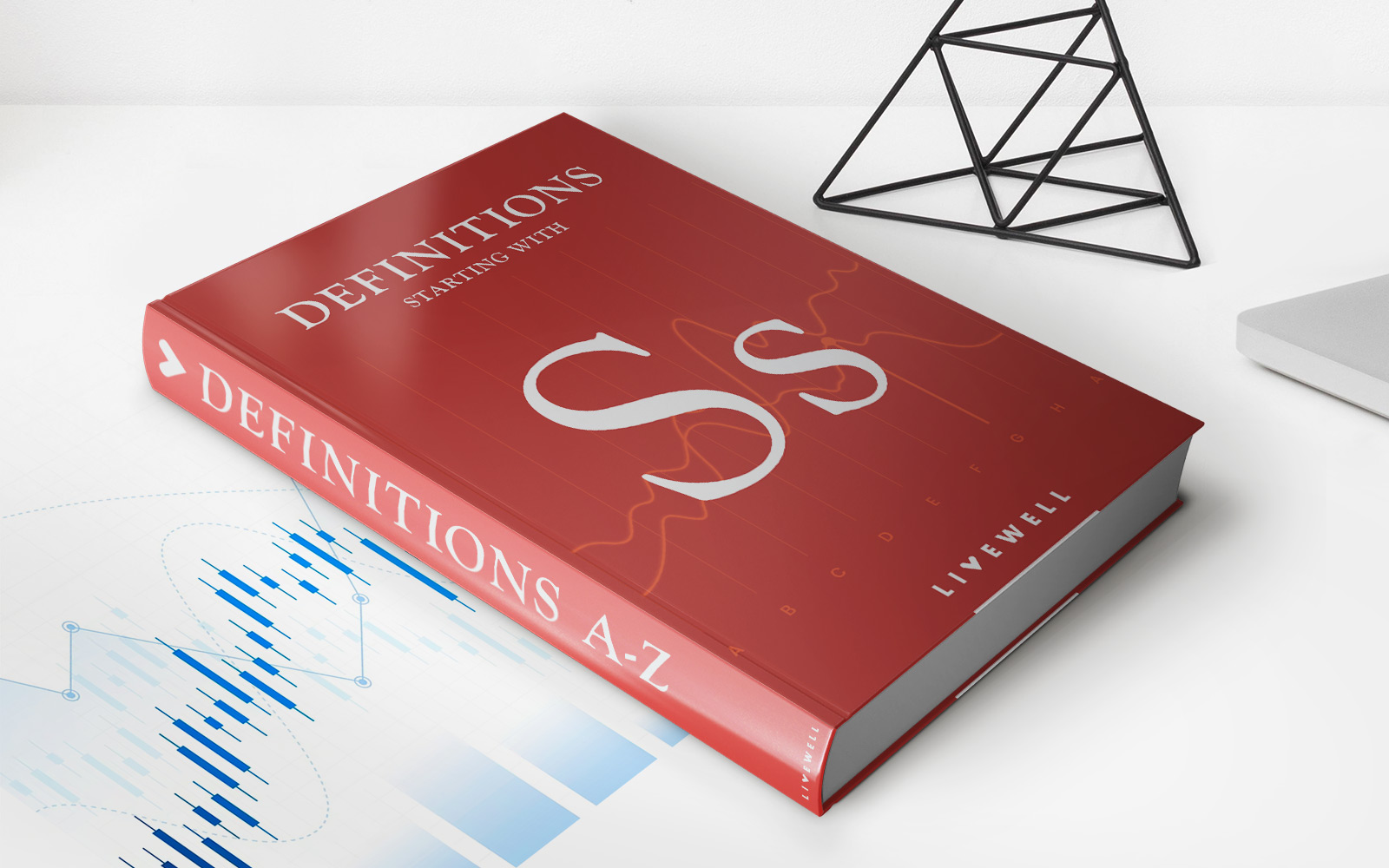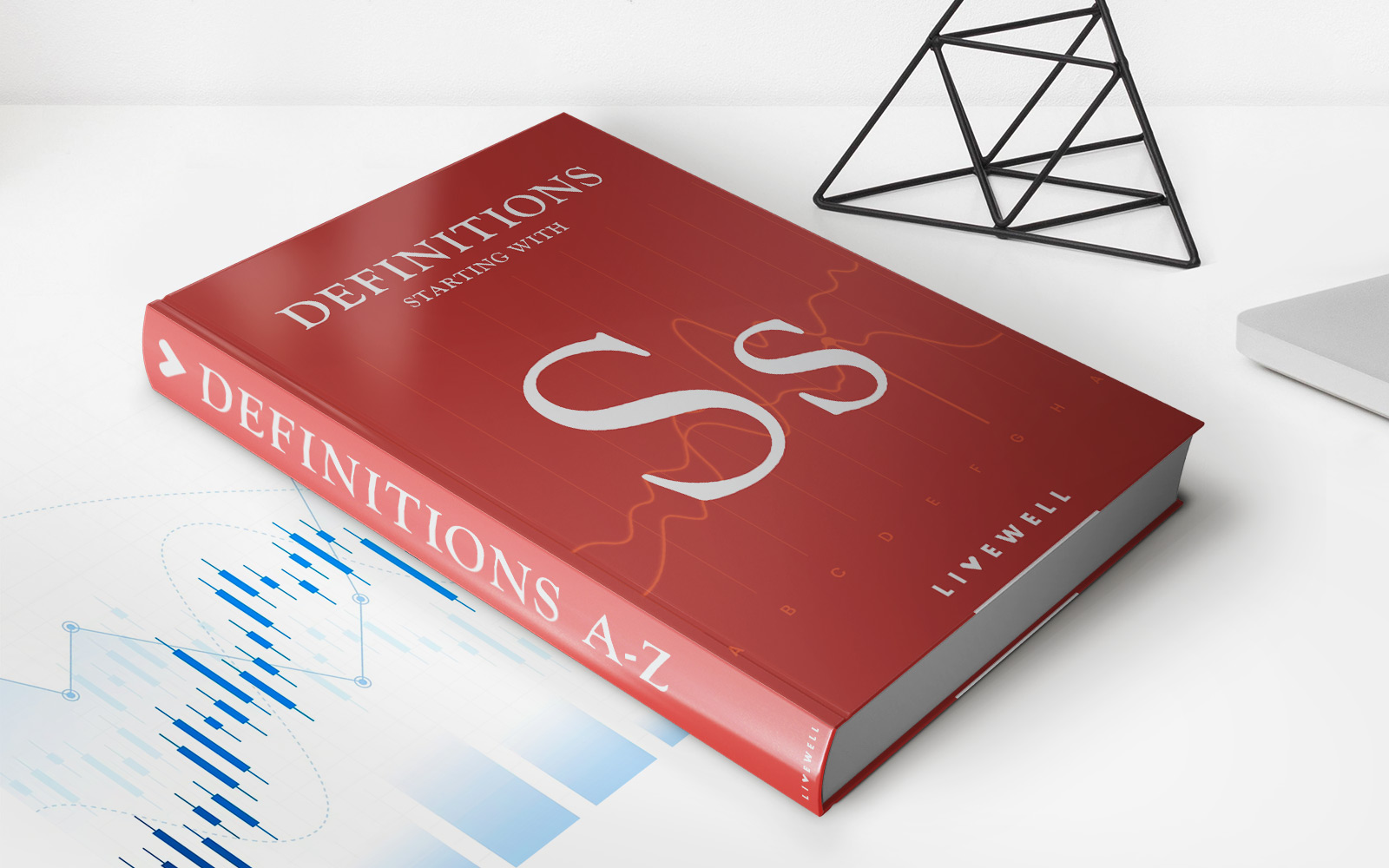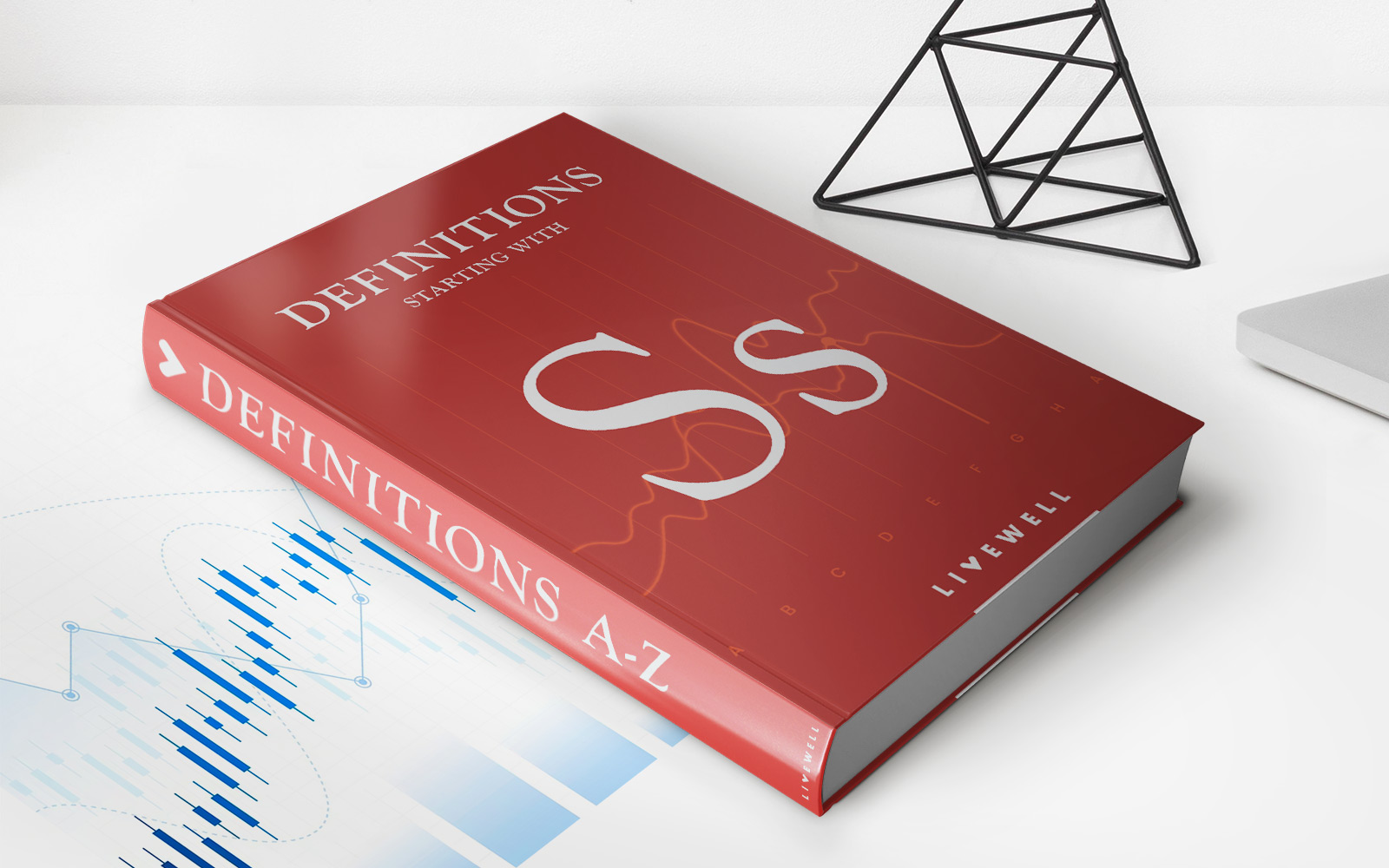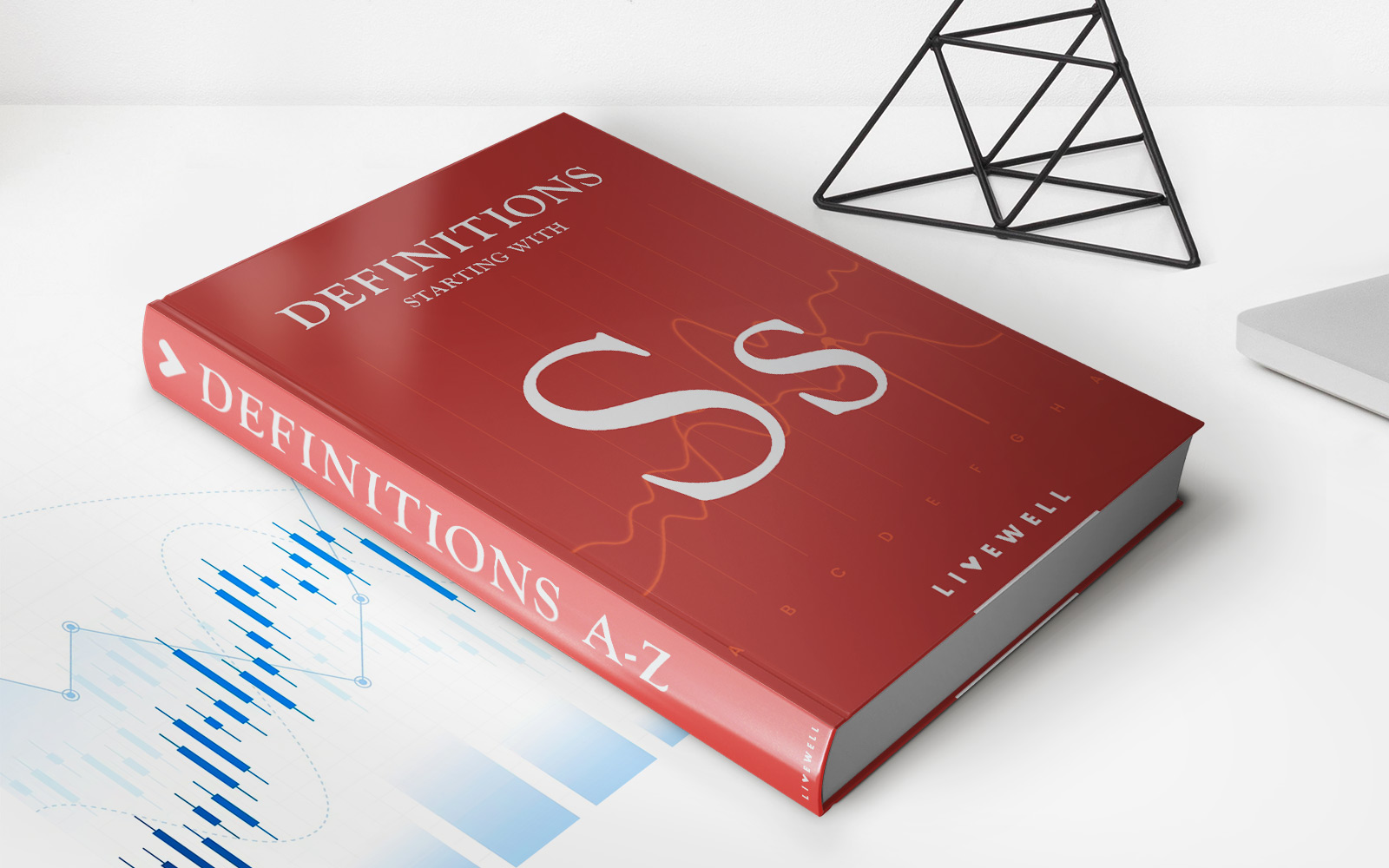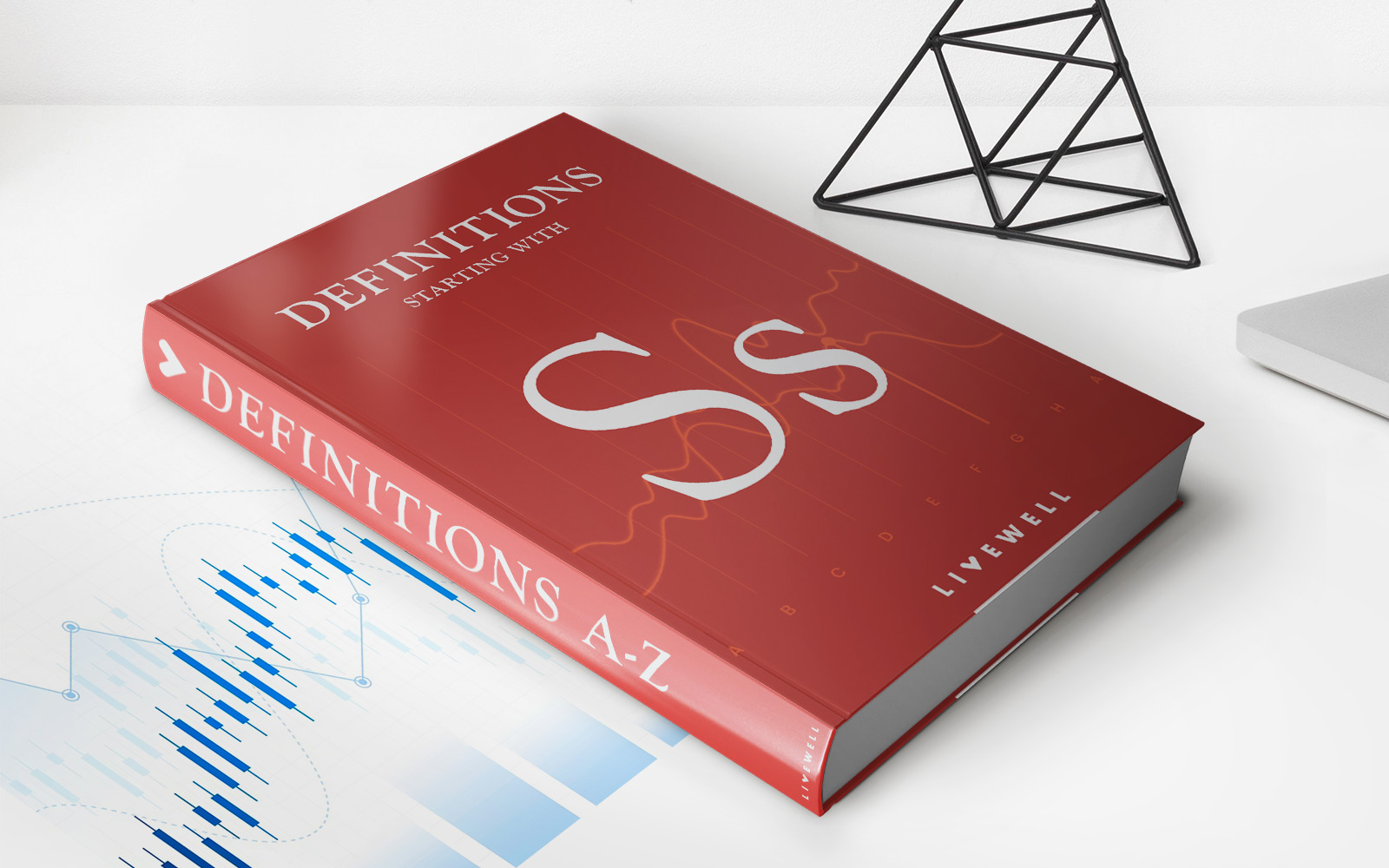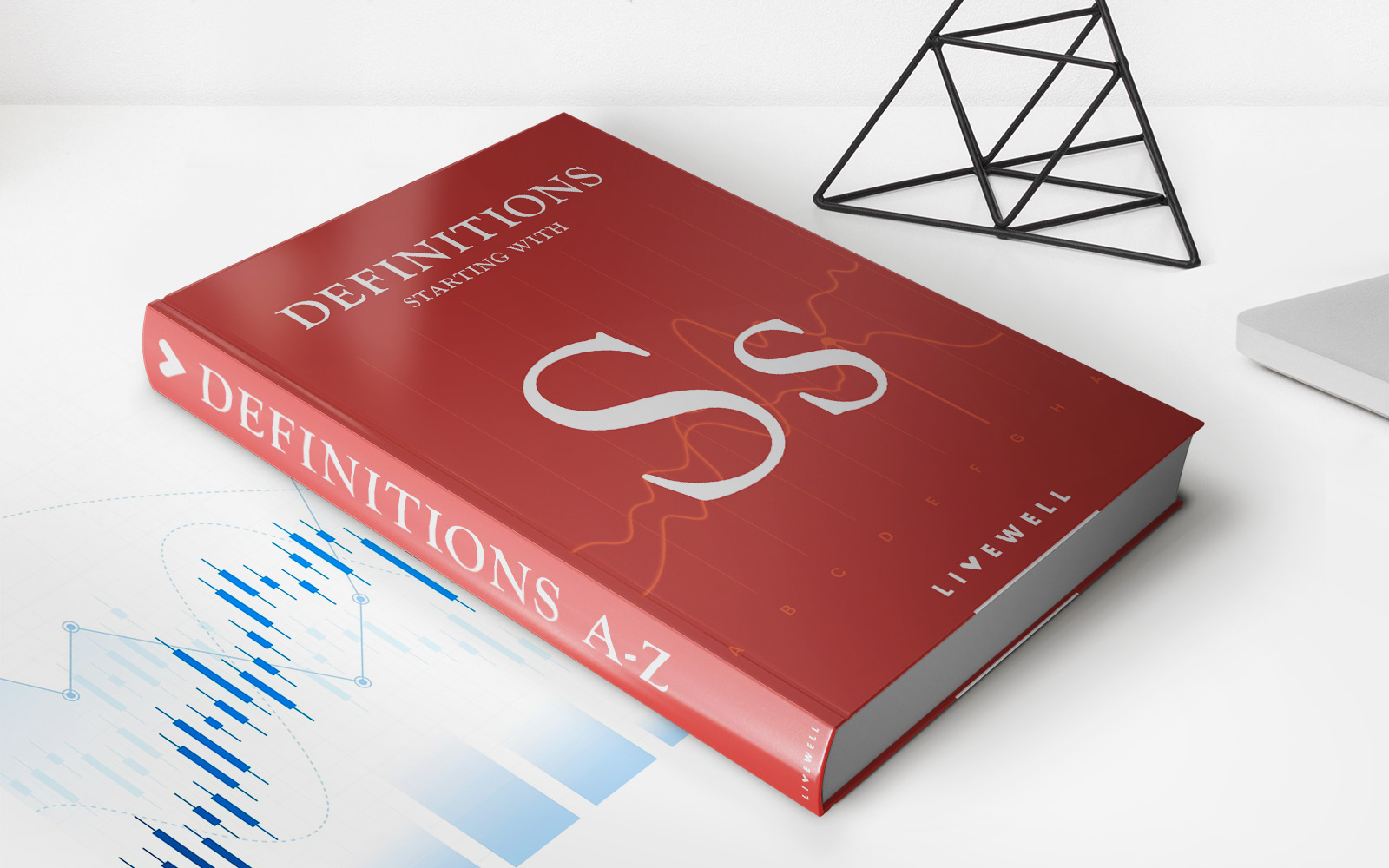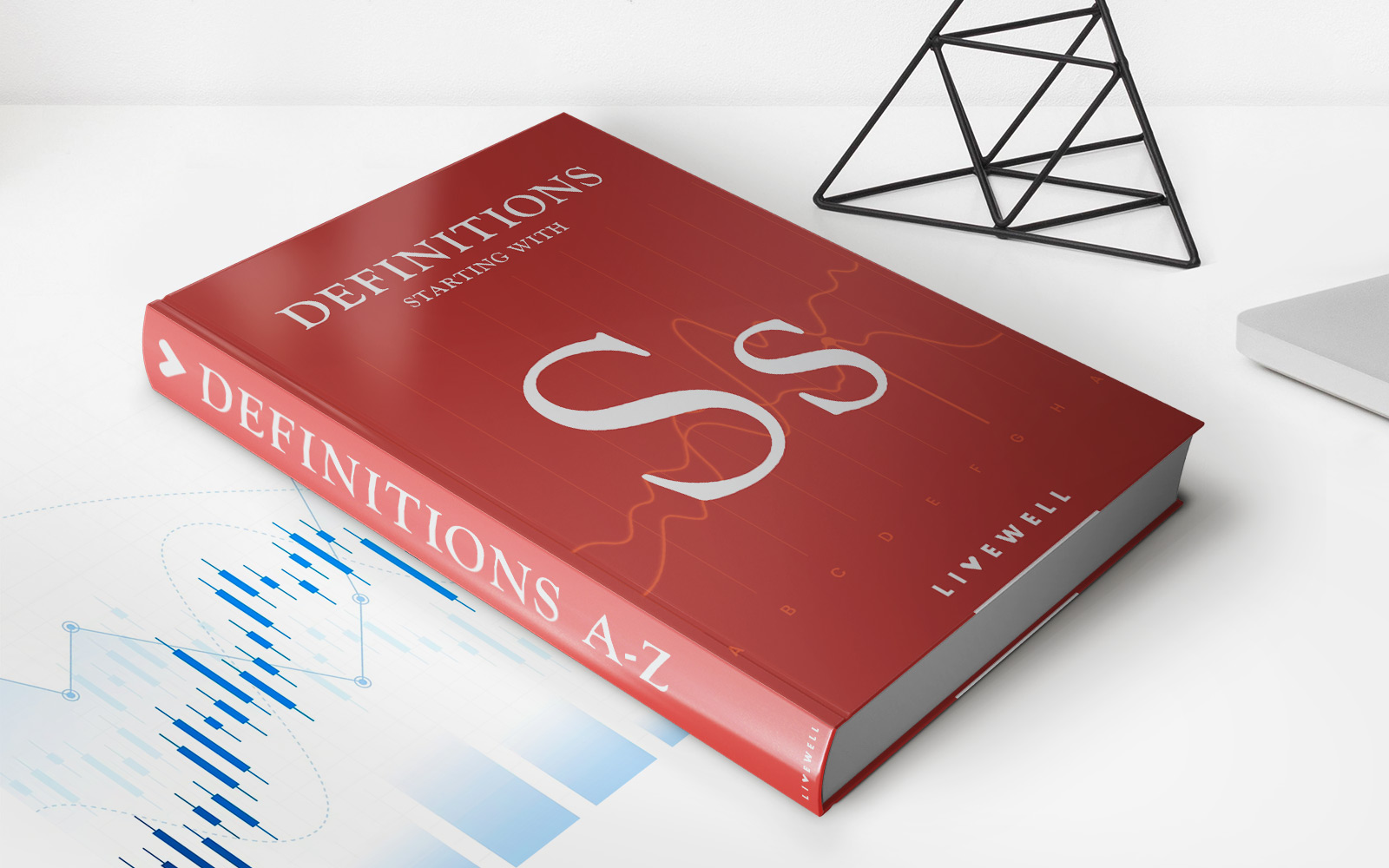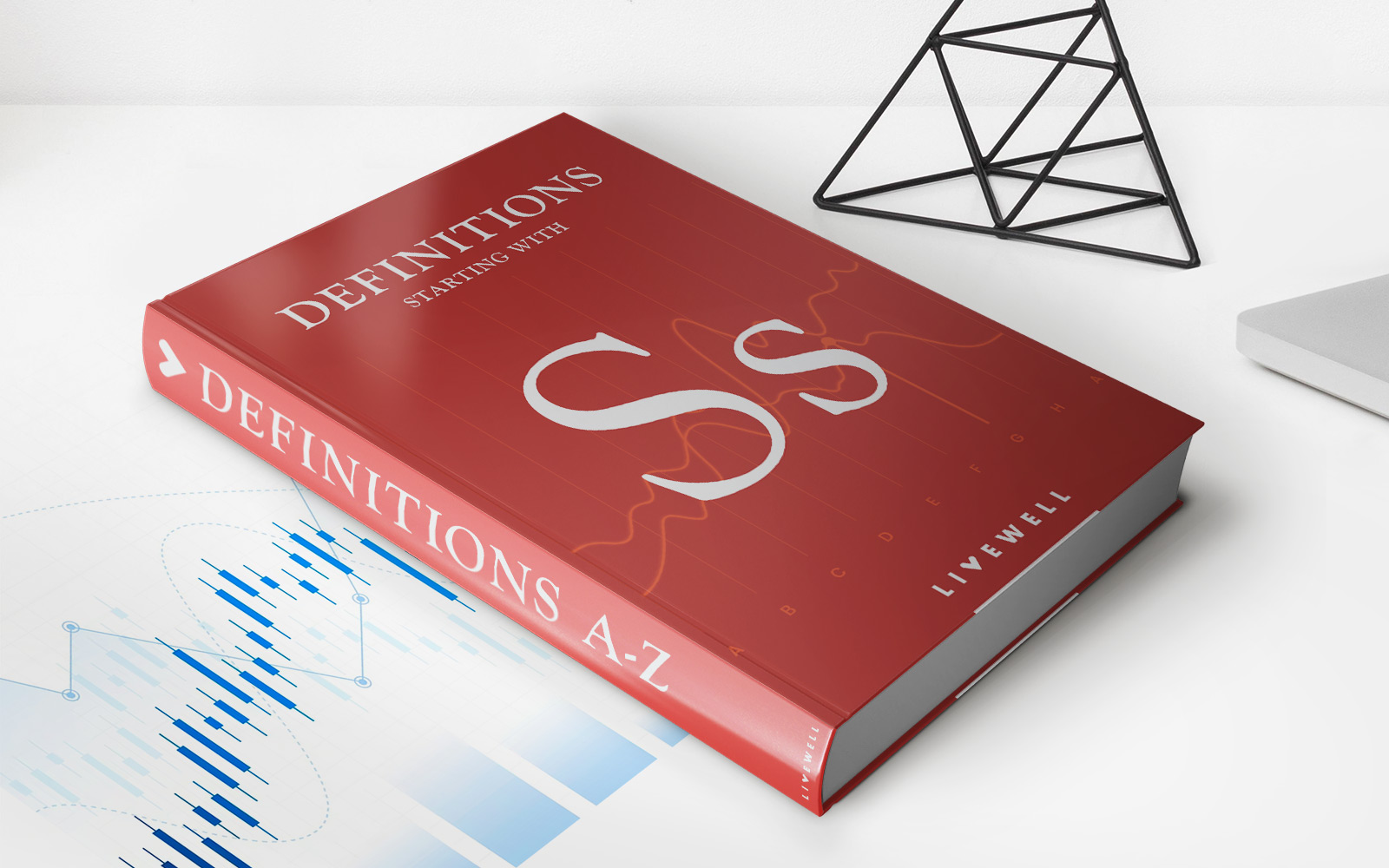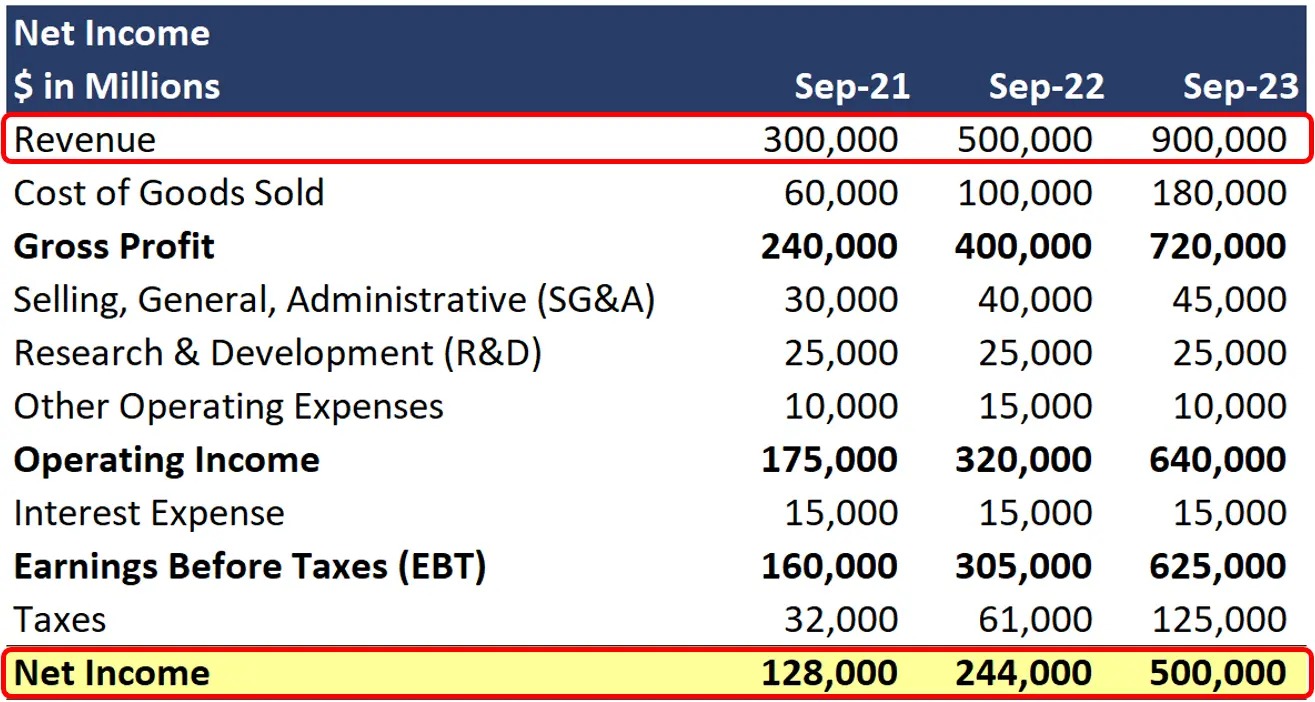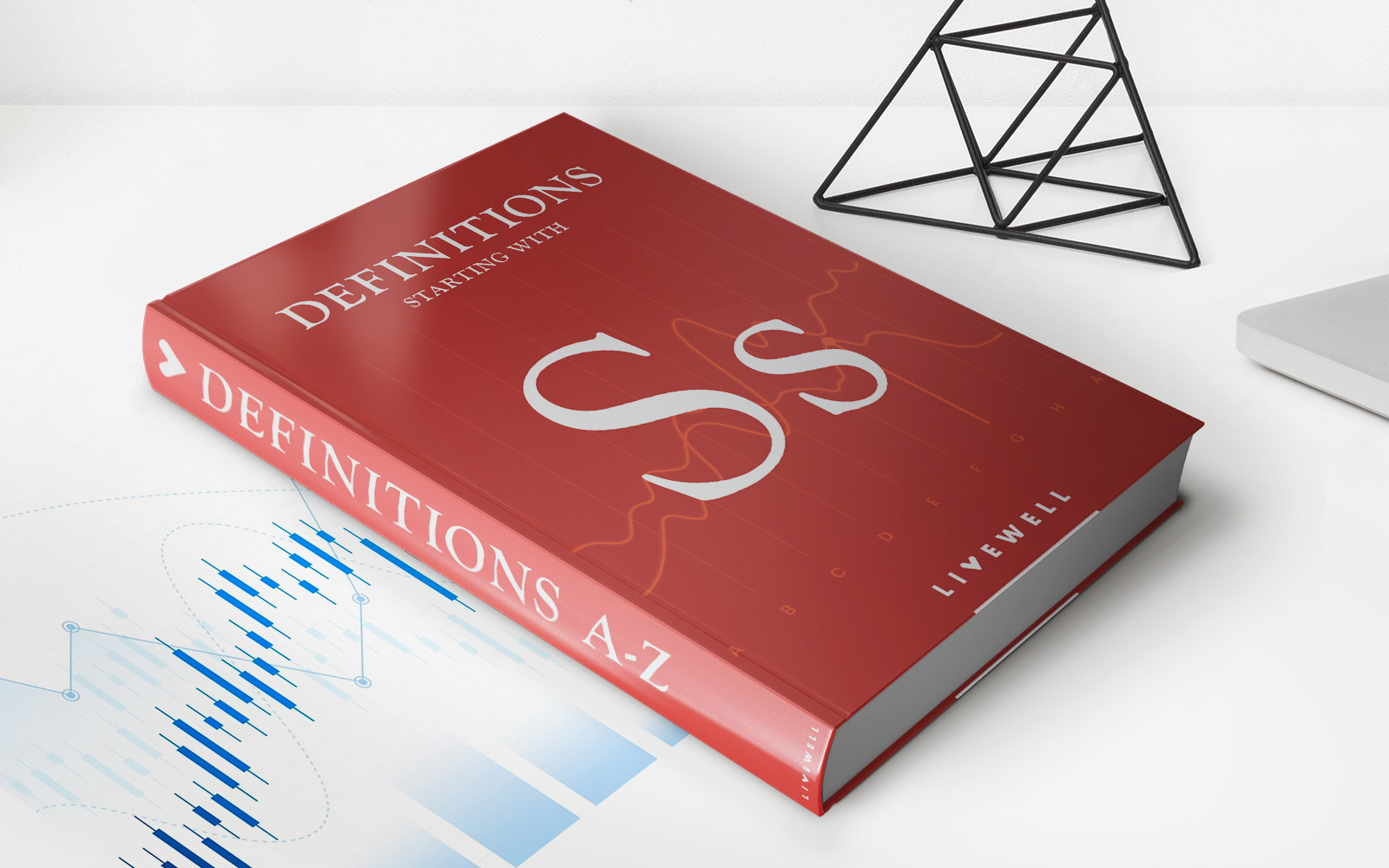

Finance
SEC Form N-54C Definition
Published: January 25, 2024
Learn the definition and significance of SEC Form N-54C in the world of finance. Understand how this form impacts the financial industry and regulatory compliance.
(Many of the links in this article redirect to a specific reviewed product. Your purchase of these products through affiliate links helps to generate commission for LiveWell, at no extra cost. Learn more)
Understanding SEC Form N-54C: A Guide for Investors
When it comes to investing in the stock market, there are many rules and regulations that investors need to be aware of. One such regulation is SEC Form N-54C, which is an important document that provides valuable information about mutual funds. In this article, we will delve into the definition of SEC Form N-54C and its significance for investors.
Key Takeaways
- SEC Form N-54C is a filing required by the U.S. Securities and Exchange Commission (SEC) for certain mutual funds.
- It contains important information about the mutual fund’s performance, holdings, fees, and risks.
Now, let’s get into the details of SEC Form N-54C:
The Basics of SEC Form N-54C
SEC Form N-54C is a filing that must be submitted by mutual funds to the U.S. Securities and Exchange Commission on a quarterly basis. This form is required for mutual funds that are registered under the Investment Company Act of 1940 and have elected to be regulated under the 1940 Act as a diversified company.
The purpose of SEC Form N-54C is to provide investors with detailed information about the mutual fund’s performance, holdings, fees, and risks. This information allows investors to make informed decisions about whether or not to invest in the fund.
Here are some key points to understand about SEC Form N-54C:
- Performance Information: SEC Form N-54C includes performance information for the mutual fund, such as its net asset value (NAV), total return, and investment objective. This information gives investors an idea of how the fund has performed over a specific time period.
- Holdings: The form also discloses the mutual fund’s portfolio holdings, including the securities it owns, the number of shares held, and the percentage of the portfolio each holding represents. This allows investors to see where their money is being invested.
- Fees and Expenses: SEC Form N-54C provides information about the fees and expenses associated with investing in the mutual fund. This includes management fees, distribution fees, and any other expenses that might be charged to investors.
- Risks: The form also includes a discussion of the risks associated with investing in the mutual fund. This can help investors understand the potential risks and rewards of investing in the fund.
By reviewing SEC Form N-54C, investors can gain a comprehensive understanding of a mutual fund’s performance, holdings, fees, and risks. This information is crucial for making informed investment decisions.
Conclusion
SEC Form N-54C is an important document that provides valuable information for investors. By understanding the definition and purpose of this form, investors can make informed decisions about investing in mutual funds. It is essential to review the information provided in SEC Form N-54C before making any investment decisions to ensure that the mutual fund aligns with your investment goals and risk tolerance.
Remember, investing in the stock market carries risks, and it is always recommended to consult with a financial advisor or do thorough research before making any investment decisions.

